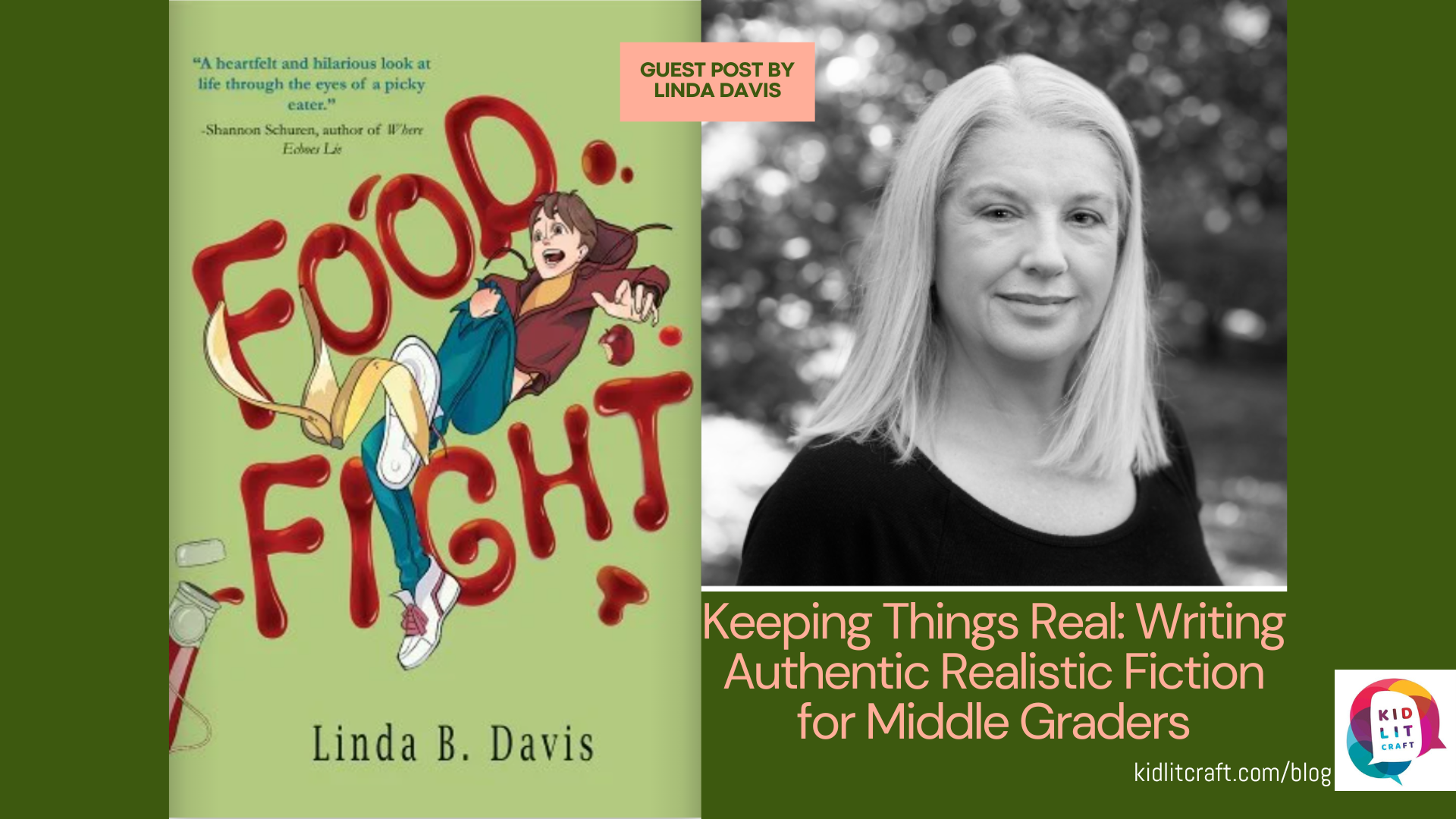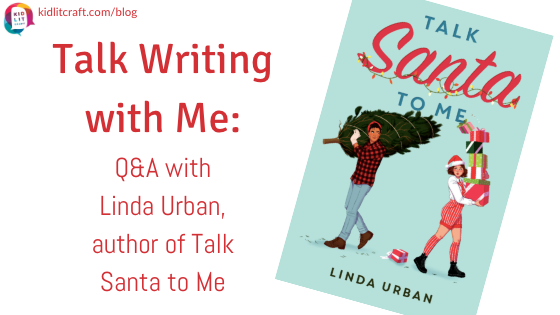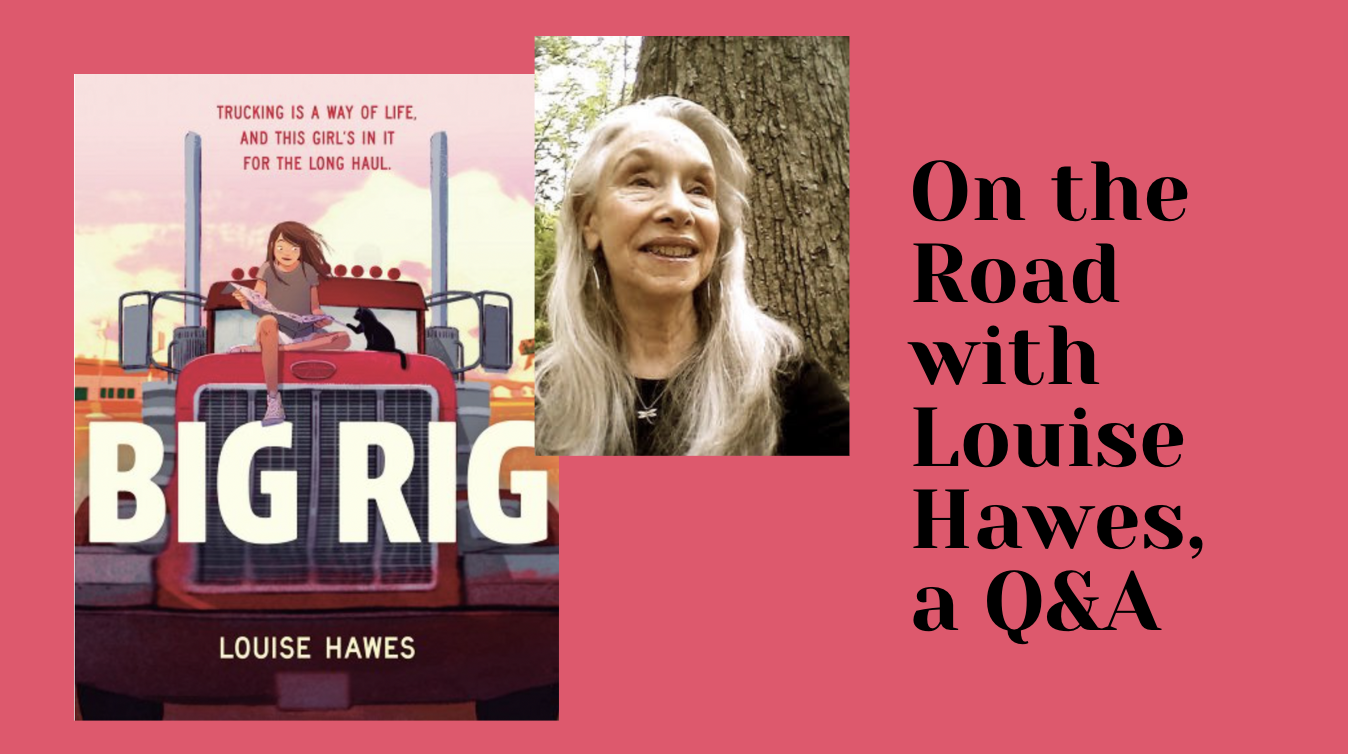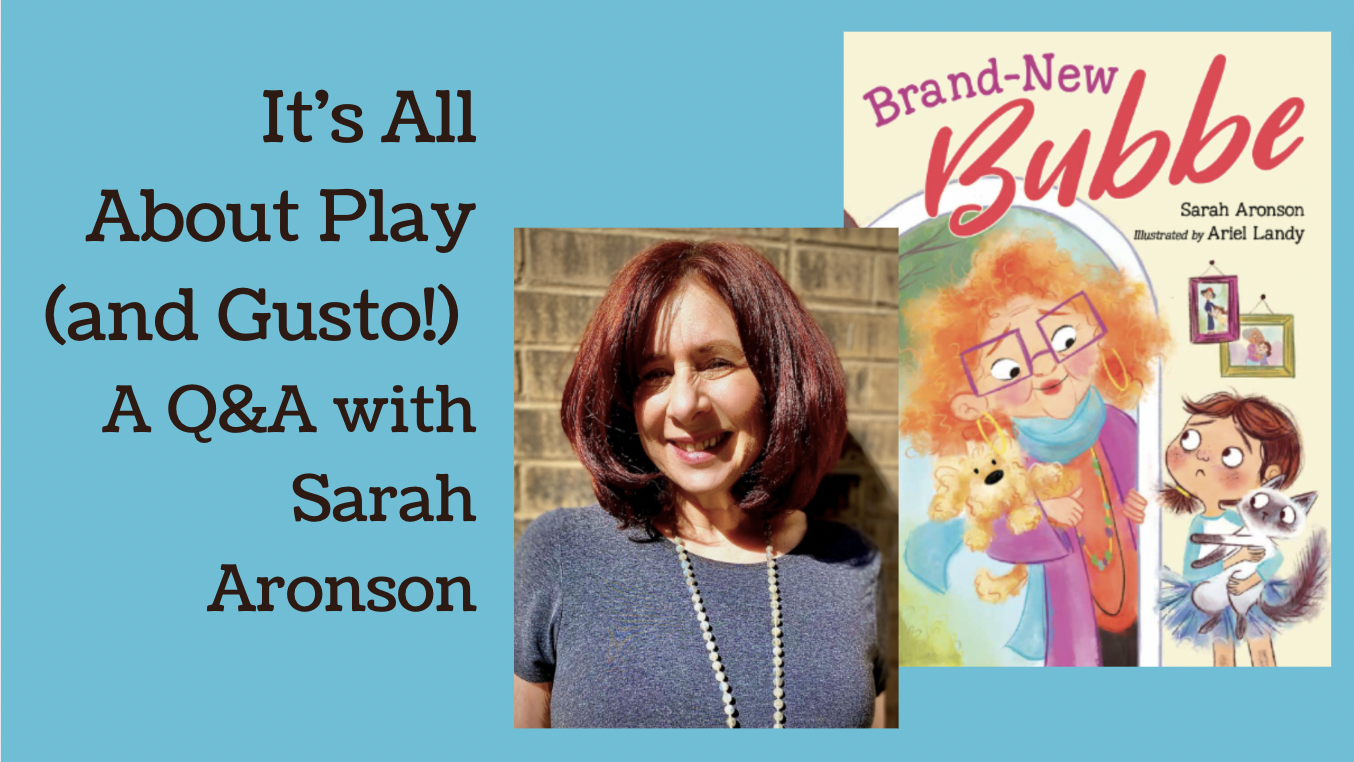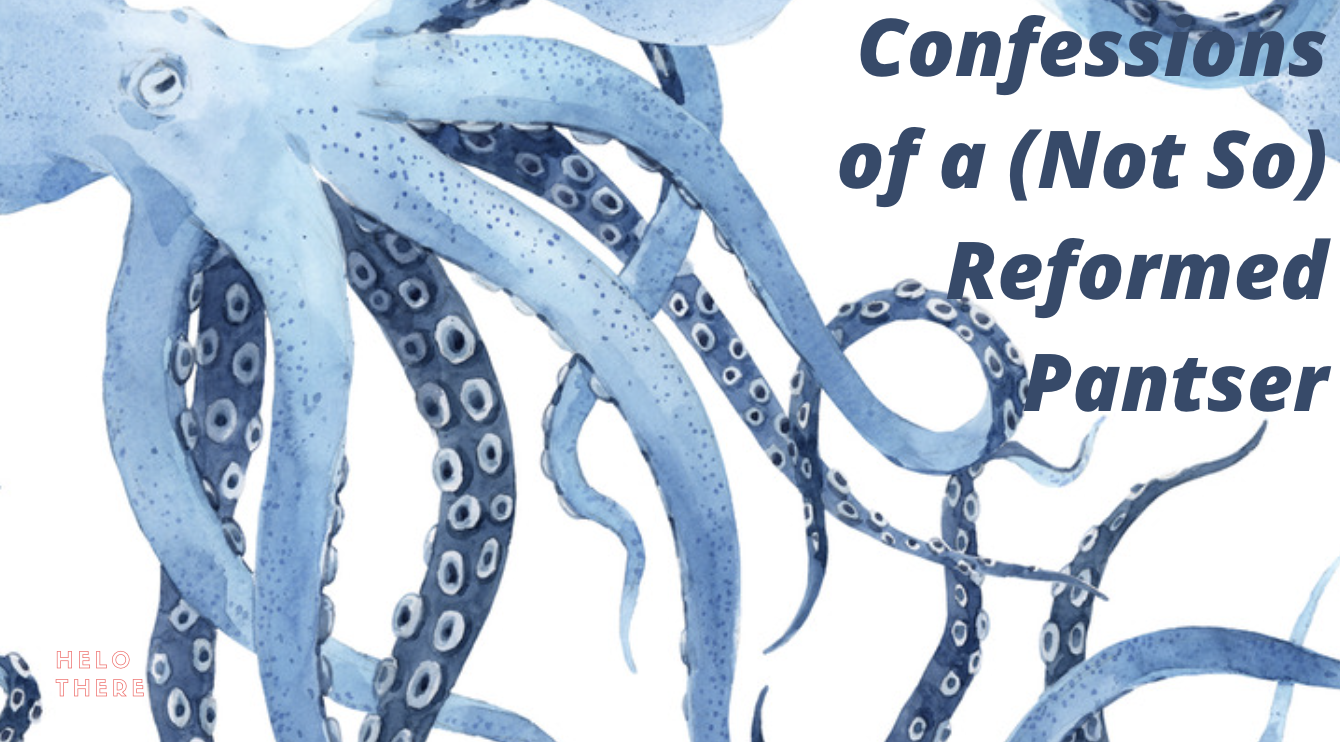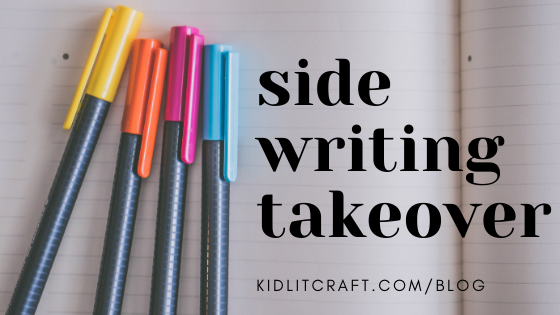hello!
JOIN US IN EXPLORING OTHERS' CRAFT AND BUILDING OUR OWN
But engaging middle school readers requires more than an interesting plot—the characters and their experiences must feel authentic to and reflective of the complicated world in which the readers live.
“My feeling is that if we are true to where our particular characters are developmentally, experientially, and philosophically, and we write from that place, we can write work that will connect with readers.” –Linda Urban
Louise Hawes: I often spend months (sometimes years) filling a notebook with my character’s responses and thoughts before I begin writing an actual draft. That notebook is all in long-hand, as you know, and I don’t stop to edit or erase anything. My characters’ letters are in the first person, and result from a fluid, bodily connection from my heart to my hand to the page. In contrast, my draft will be typed on a laptop, the far less spontaneous product of me thinking and feeling my way into a story that features the character whose voice has already filled my notebook.
Sarah Aronson: “No two projects emerge the same way, but I will commit to this: my process is aggressively playful. It’s my policy NEVER to say no to an idea until I’ve tried it out.”
“The biggest leap for me in my writing life happened when I got comfortable with failure. I wrote some disastrous things in grad school. But before that, my writing had gotten stagnant because I was too anxious about getting it right all the time. Allowing myself to fail gave me the freedom to take risks and make mistakes. Those mistakes, in turn, taught me how to write the way I want to write.”
“I understand more clearly that an outline need not be a construct that dominates my writing, a rigid form that must be adhered to, but it can be a tool to help manage what I write, to help me not get distracted or sidetracked, and instead work toward my goal–even if that goal isn’t completely clear to me as I shuffle, twist, and rearrange things on the page, the way I am prone to do.”
The authors and contributors we interviewed had so many wonderful sidewriting challenges, we thought we’d put them all in one place. Each exercise will have a link back to the original post so you can learn more about the author and how sidewriting works for them. Enjoy!
Thank you for coming along on this sidewriting journey with us. We hope you’ve found some compelling exercises AND some compelling reasons for sidewriting. Just as every writer is different, the way each writer uses sidewriting is different–as you’ve seen from our contributors.
Writer Friends! You shared with us the ways you sidewrite, and we listened. It was so fun and enlightening to get the scoop on your favorite exercises and tricks to get deep into your characters and figure out your plot.
Amber Lough: Sidewriting helps me most when the story starts to feel dry or forced, or if I feel like the characters are shutting me out. I also sidewrite when I am losing motivation, and in that case, I write about why I want to tell this story.
